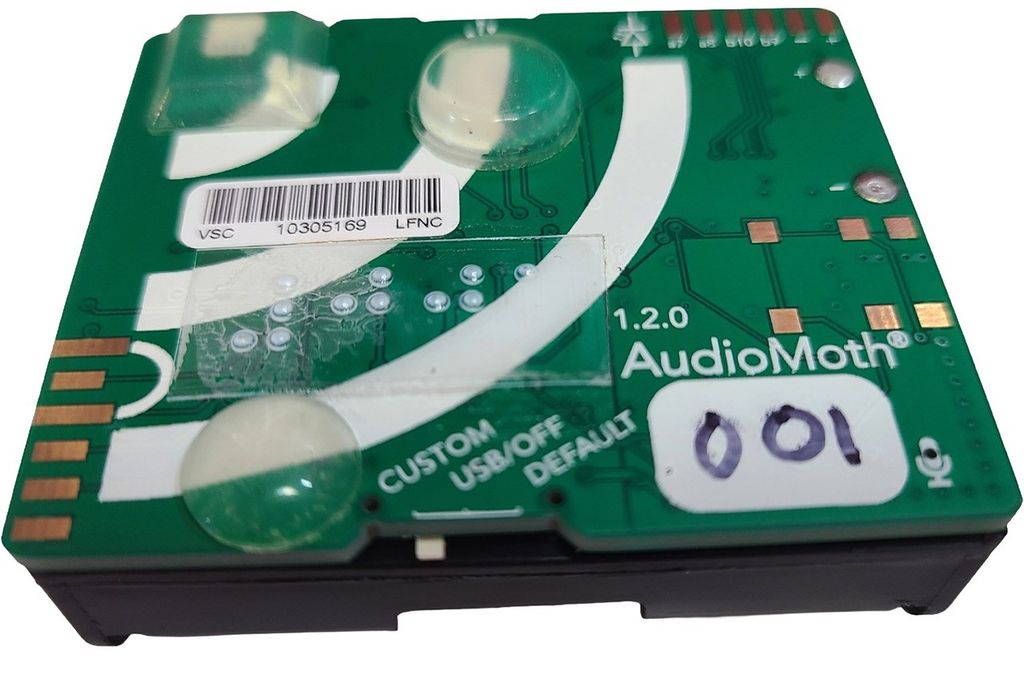Advanced Colloids Experiment – Temperature-5 (ACE-T-5)
Science Objectives
Advanced Colloids Experiment-Temperature-5 (ACE-T-5) examines the physical and chemical characteristics of a new class of soft materials, bicontinuous interfacially jammed emulsion gels, or bijels. Bijels have a unique structure of two liquid phases separated by a layer of small particles or colloids, which has significant potential for the design and synthesis of composite materials. A more thorough understanding of the factors that influence their mechanical stability and processing will advance this potential.
Status
The experiment has concluded, and science is being evaluated.
Experiment Description
Bicontinuous interfacially jammed emulsion gels (bijels) are a new class of multiphase soft materials with an interpenetrating tubular arrangement of two immiscible liquids, separated by a monolayer of colloidal particles. From a scientific standpoint, bijel rheology is a complex problem involving an intricate interplay of colloidal and capillary forces between particles jammed at a curved interface. The situation is further complicated when the effects of gravity on the multiphase mixture and surface tension gradients during bijel processing are considered. To tackle this convoluted problem, comprehensive experiments must be performed in concert with theoretical calculations where the effects of interfacial curvature, colloid volume fraction, surface tension, and gravity are separately and systematically investigated. To this end, the overarching goal of the Advanced Colloids Experiment-Temperature-5 (ACE-T-5) investigation is to gain a better fundamental understanding of the relationship between bijel morphology, rheology, mechanical stability, and processability through combined ground-based and microgravity experiments and theoretical calculations.
Space Applications
The investigation advances development of next-generation bijels for applications such as improved energy storage batteries and fuel cells with lower mass and volume for use in spacecraft life support systems and systems that harness resources at exploration sites, known as in-situ resource utilization (ISRU).
Earth Applications
Materials using bijels have a variety of potential applications on Earth, including electrochemical energy conversion and storage, tissue engineering, sensing, microfluidic heat exchangers and catalytic reformers.


























